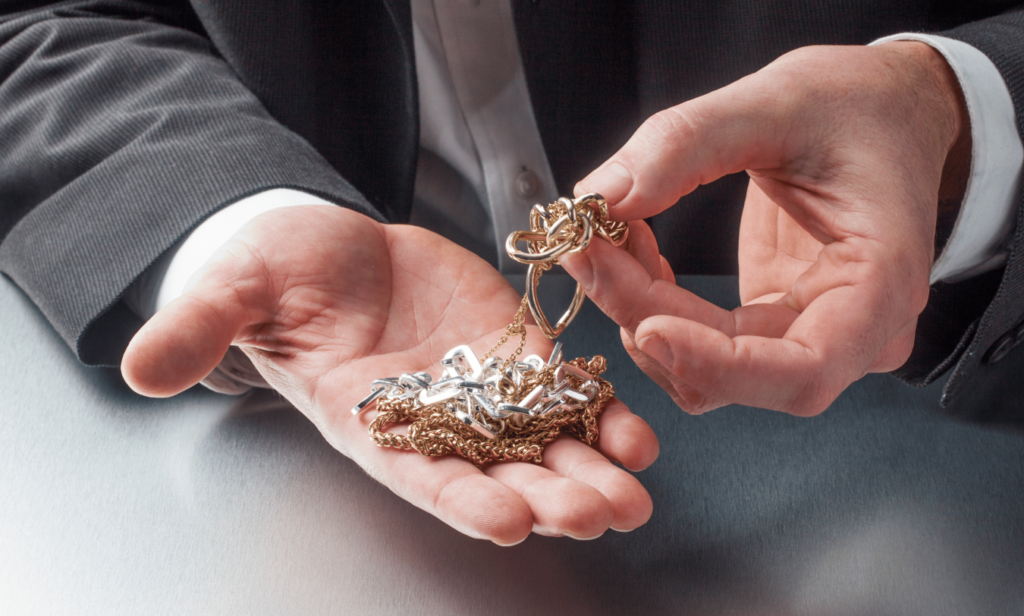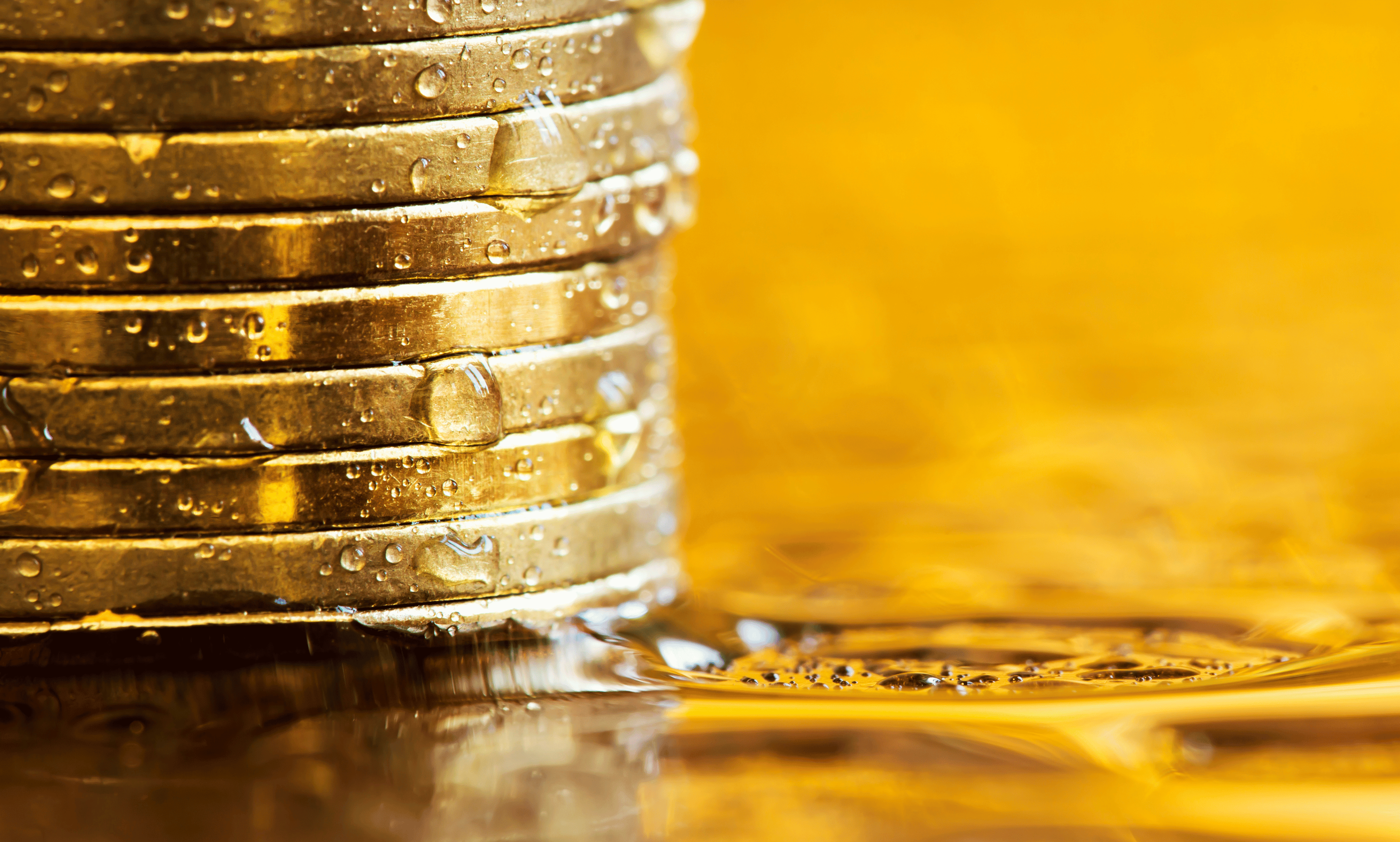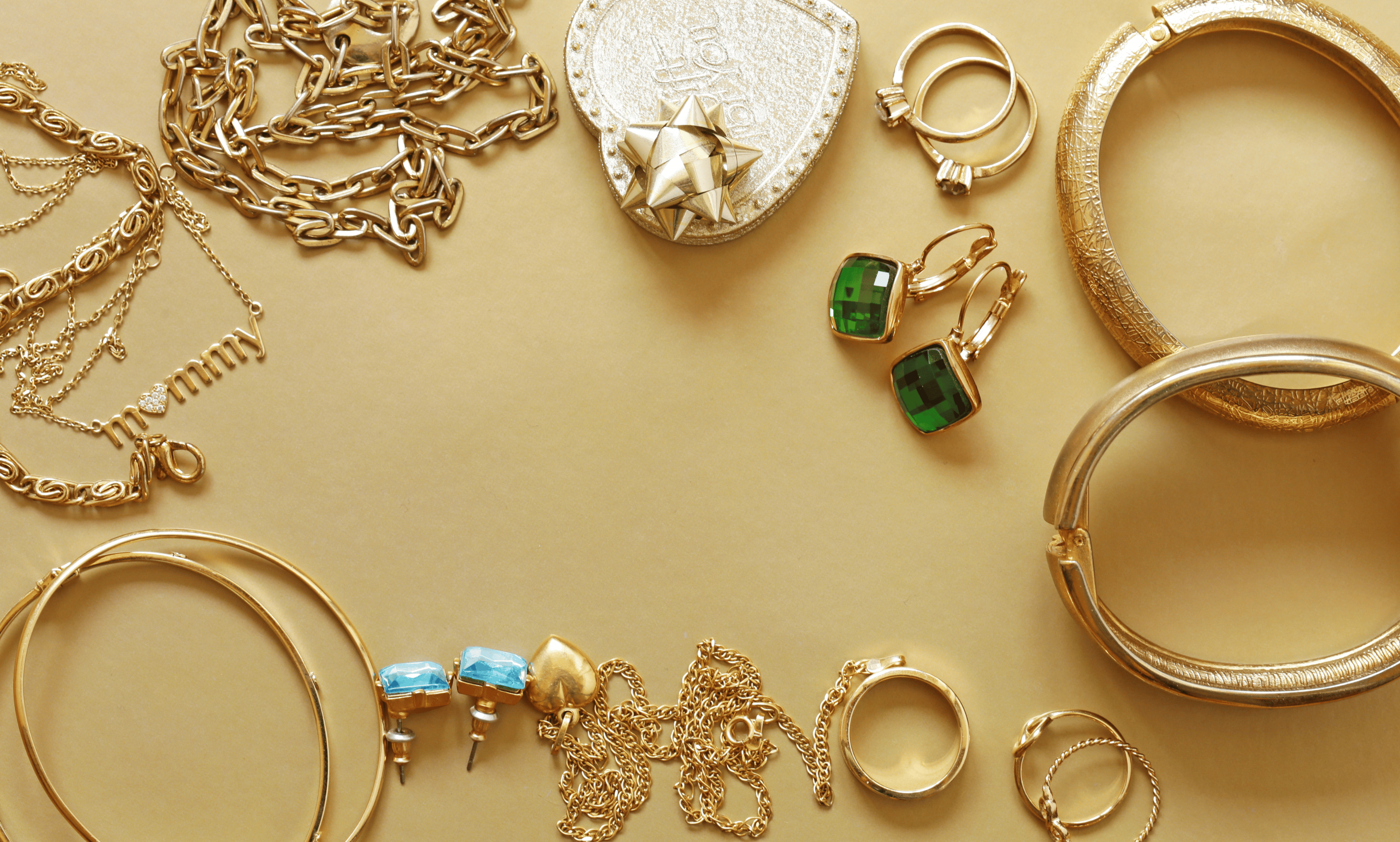
A Guide to Opening a Precious Metals IRA
In the world of investing, diversification is more than just a buzzword. It’s a strategy, a safety net, and for many, a path to financial stability. But how do you achieve true diversification? One way is by considering alternative assets, like precious metals, in your retirement portfolio.
This guide will walk you through the process of opening a Precious Metals Individual Retirement Account (IRA), a unique type of IRA that allows you to hold physical precious metals as part of your retirement savings.
Visit our Precious Metals IRA Page.
The Role of Precious Metals in Diversification
Understanding the importance of diversification is the first step in any investment journey. It’s the concept of not putting all your eggs in one basket. By spreading your investments across different asset classes, you can mitigate risk and potentially increase returns. But diversification isn’t just about investing in different stocks or bonds; it’s about considering all types of assets, including those outside the traditional financial markets.
Other precious metals like gold, silver, platinum, and palladium play a unique role in diversification. Unlike stocks and bonds, the value of precious metals doesn’t rely on a gold IRA company performance or economic factors like interest rates. Instead, precious metals often serve as a store of value, especially during times of economic uncertainty or inflation. This makes them an attractive option for investors looking to diversify their portfolios beyond traditional assets.
What is a Precious Metals IRA?
Discover the power of a Precious Metals IRA, a self-directed Individual Retirement Account that opens the door to investing in physical precious metals. Unlike traditional IRAs that hold paper assets, like stocks and bonds, a Precious Metals IRA allows you to hold tangible gold IRA , silver, platinum, and palladium coins or bars. Unleash the potential of your retirement savings with the timeless allure of precious metals!
Comparing Traditional IRAs and Precious Metals IRAs
Traditional IRAs and Precious Metals IRAs both offer tax advantages for retirement savings, but they differ in the types of assets they can hold. Traditional IRAs are limited to paper assets like stocks, bonds, and mutual funds. On the other hand, Precious Metals IRAs can include physical gold IRAs, silver, platinum, and palladium. This allows for greater diversification and the potential for protection against inflation and economic uncertainty.
How to Open a Precious Metals IRA

Opening a Precious Metals IRA involves a few key steps, including choosing a custodian, opening traditional ira accounts, funding your IRA, and selecting your precious metals. Let’s walk through each of these steps in detail.
Choosing a Custodian
The first step in opening a Precious Metals IRA is choosing a custodian. This is a financial institution that holds your IRA’s assets and administers the account on your behalf. It’s important to choose a custodian that has experience with Precious Metals IRAs and offers a high level of customer service.
Factors to Consider When Choosing a Custodian
When choosing a custodian, consider factors such as fees, customer service, storage options, and the gold IRA companies reputation. Look for a custodian that offers transparent pricing, responsive customer service, a range of storage options, and a strong track record in the industry.
Opening an Account
Once you’ve chosen a custodian, the next step is to open an account. This typically involves completing an application and providing some personal information.
Fill out our Contact Request Form, let us know you are looking to open a Precious Metals IRA, and one of our dedicated experts can walk you through the process, making it simple, easy, and quick.
Required Documentation for Opening an Account
The documentation required to open a Precious Metals IRA typically includes a valid form of identification, proof of address, and a completed application form. Your custodian will guide you through the process and let you know exactly what documents are needed.
Funding Your IRA
After your account is open, the next step is to fund your IRA. This can be done through a transfer, rollover, or direct contribution.
Transfer, Rollover, and Direct Contributions
A transfer involves moving funds from one IRA to another. A rollover involves moving funds from a 401(k) or similar plan to an IRA. Direct contributions are funds that you contribute to your IRA from your personal savings or income. Your custodian can help you understand which option is best for your situation.
Selecting Your Precious Metals
Once your IRA is funded, you can select the precious metals you want to include in your account. Your custodian will provide a list of eligible metals to choose from.
Understanding Premiums and Spot Prices
When selecting precious metals, it’s important to understand the difference between the spot price and the premium. The spot price is the current market price of the metal, while the premium is the additional cost charged by the precious metals dealer over the spot price. This premium covers the precious metals IRA provider costs and includes a profit margin.
The Benefits of a Precious Metals IRA

Investing in a Precious Metals IRA comes with several benefits that can enhance your retirement savings strategy. From providing a hedge against inflation to offering the potential for high returns, let’s delve into the advantages of this unique investment vehicle.
Hedge Against Inflation
Inflation, the silent destroyer of purchasing power, steadily raises the general prices of goods and services. But fear not, for precious metals, especially gold, have long been hailed as a steadfast shield against this relentless enemy. Embrace the power of gold, and safeguard your wealth from the clutches of inflation!
The Relationship Between Precious Metals and Inflation
When inflation rises, the value of the currency falls, and the cost of goods and services increases. However, precious metals like gold tend to retain their value over time, regardless of the economic climate. This is because their value is not tied to a specific country’s economy or currency. As a result, when inflation hits, the price of precious metals often rises, helping to preserve the purchasing power of your precious metal investments.
Portfolio Diversification
As we’ve already discussed, diversification is key to a balanced investment strategy. Including precious metals in your self directed IRA can provide a level of diversification that’s hard to achieve with traditional assets alone.
Reducing Risk with Precious Metals
Precious metals can help reduce risk in your portfolio in several ways. First, they have a low or negative correlation with other asset classes, meaning they often perform well when other markets are struggling. Second, they can provide a safe haven during times of economic uncertainty or market volatility. Finally, they offer protection against currency devaluation and inflation, as we’ve already discussed.
Potential for High Returns
While precious metals should not be viewed as a quick way to get rich, they do have the potential for high returns over the long term. This is particularly true during periods of economic instability when the price of precious metals often increases.
Historical Performance of Precious Metals
Historically, precious metals have performed well during periods of economic uncertainty or instability. For example, during the 2008 financial crisis, the price of gold nearly doubled while other markets were plummeting. While past performance is not a guarantee of future results, it does demonstrate the potential for precious metals to provide strong returns in certain market conditions.
Storing Your Precious Metals

Once you’ve selected your precious metals, the next step is to arrange for their storage. The IRS has specific rules about how and where precious metals in an IRA can be stored.
Understanding the IRS Rules for Storage
According to IRS rules, precious metals in an IRA must be stored in the physical possession of a trustee or a bank or an IRS-approved non-bank trustee. This means you can’t take possession of the metals yourself; they must be stored in an approved facility.
Approved Facilities and Segregated Storage
Approved facilities are secure storage locations that meet IRS standards for security and accountability. These facilities offer either segregated or non-segregated storage. Segregated storage means your metals are stored separately from other assets, while non-segregated storage means your metals may be stored alongside other assets.
Evaluating Storage Fees
Storage fees are a key consideration when choosing a custodian and a storage facility. These fees can vary widely, so it’s important to understand them upfront.
Comparing Storage Options and Costs
When comparing storage options, consider both the type of storage (segregated vs. non-segregated) and the associated costs. Some custodians include storage fees in their annual account fee, while others charge a separate storage fee. Be sure to ask about this when choosing a custodian.
Managing Your Precious Metals IRA
Once your Precious Metals IRA is set up and your metals are securely stored, the next step is to manage your account. This involves regular review and rebalancing, as well as understanding distribution rules and penalties.
Regular Review and Rebalancing
Just like any investment, a Precious Metals IRA requires regular review and rebalancing to ensure it continues to meet your gold and silver investments goals. This involves reviewing your asset allocation and making adjustments as needed.
When and Why to Rebalance Your Portfolio
Rebalancing is the process of realigning the weights of your portfolio’s assets. It involves periodically buying or selling assets to maintain your original or desired level of asset allocation or risk. For example, if gold has performed well and now makes up a larger portion of your portfolio than you intended, you may decide to sell some gold and buy other assets to rebalance your portfolio.
Understanding Distribution Rules and Penalties
As with any IRA, there are rules about when you can take distributions from a Precious Metals IRA and potential penalties for early withdrawals.
Required Minimum Distributions (RMDs) and Early Withdrawal Penalties
Once you reach age 72, you must start taking the required minimum distributions (RMDs) from your IRA. If you withdraw funds from your IRA before age 59½, you may be subject to a 10% early withdrawal penalty, in addition to regular income tax. It’s important to understand these rules to avoid unnecessary penalties.
Risks and Considerations
While a Precious Metals IRA can offer many benefits, it’s not without risks and considerations. From market volatility to storage and insurance costs, let’s explore some of the potential downsides.
Market Volatility
Like all investments, precious metals are subject to market volatility. This means the value of your investment can go up or down based on market conditions.
How Volatility Impacts Precious Metals
While precious metals can provide a hedge against inflation and economic uncertainty, they are not immune to volatility. The prices of gold, silver, platinum, and palladium can fluctuate based on a variety of factors, including supply and demand, geopolitical events, and economic indicators. It’s important to understand this volatility and be prepared for fluctuations in the value of your investment.
Storage and Insurance Costs
Storing and insuring physical precious metals can be costly. These costs can eat into your investment returns, so it’s important to factor them into your investment decision.
Evaluating the Total Cost of Ownership
When considering a Precious Metals IRA, it’s important to evaluate the total cost of ownership. This includes not only the cost of the metals themselves, but also storage fees, insurance costs, and any fees charged by your custodian. Be sure to consider all of these costs when deciding whether a Precious Metals IRA is right for you.
Liquidity Concerns
While precious metals can be a valuable addition to your portfolio, they can also be less liquid than other types of investments. This means they can be harder to sell quickly if you need cash.
Selling Your Precious Metals and Closing Your IRA
If you decide to sell your precious metals or close your IRA, you’ll need to work with your custodian to do so. Keep in mind that you may be subject to taxes and penalties, depending on your age and the type of IRA you have.
Conclusion
Investing in a Precious Metal IRA can be a strategic move towards diversifying your portfolio and protecting your wealth against economic uncertainties. However, like any investment, it’s not without its risks and considerations. It’s crucial to understand the process, the costs involved, and the potential implications for your overall financial plan.
Opening a Precious Metals IRA involves choosing a custodian, opening an account, funding the account, and selecting the precious metals you want to include. Once your account is set up, you’ll need to arrange for the storage of your metals, regularly review and rebalance your portfolio, and understand the rules around distributions and potential penalties.
A Precious Metals IRA can be a valuable tool for diversification and wealth preservation, but it’s not right for everyone. It’s important to consider your own financial situation, investment goals, and risk tolerance before deciding to open a Precious Metals IRA. As always, it’s a good idea to consult with a financial advisor or tax professional to understand the potential implications for your individual circumstances.


